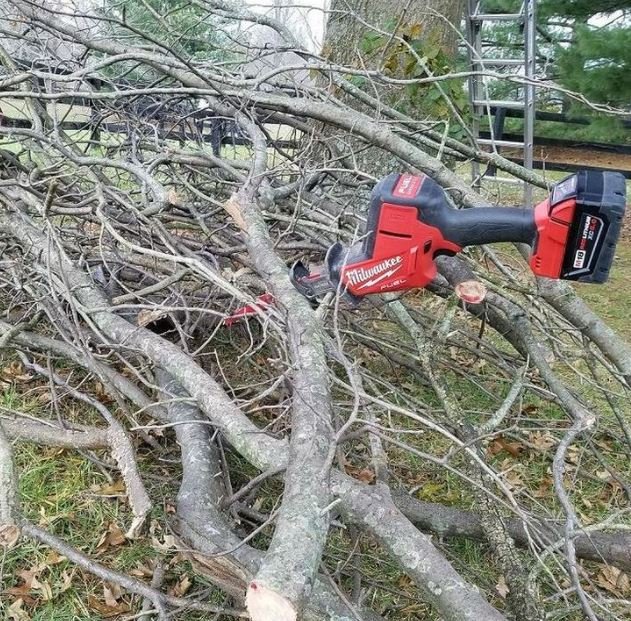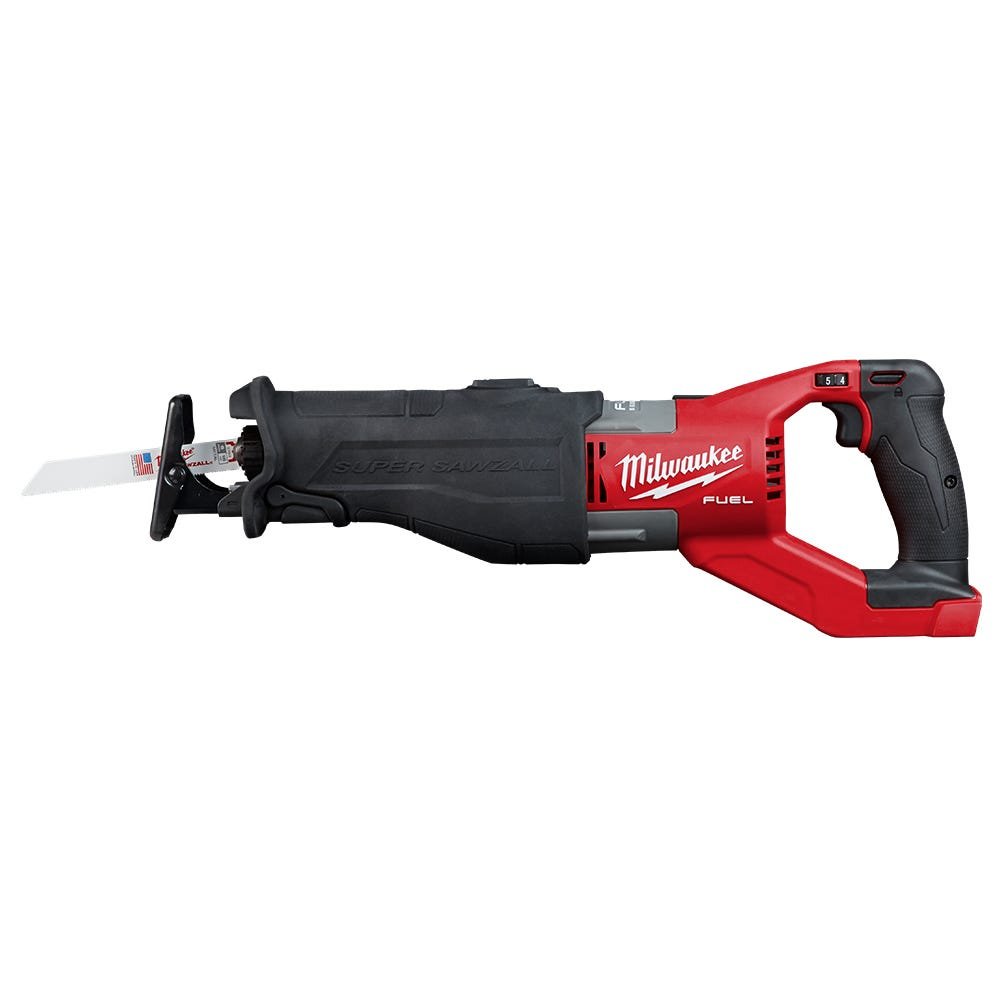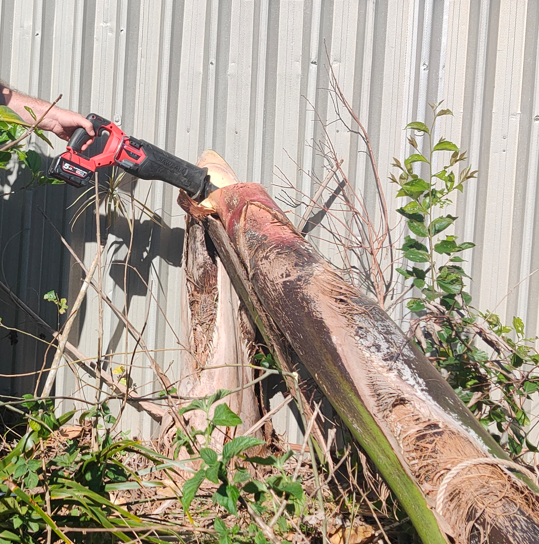The versatile reciprocating saw …
A reciprocating saw, often referred to as a "recip saw" or "sawzall", is a versatile power tool designed for cutting a wide range of materials quickly and efficiently. For heavy duty tasks, there is the “Sawzall”, and for the not so heavy duty, there is the smaller “Hackzall”. Here are some common uses for a reciprocating saw:
1. **Cutting Wood:** Reciprocating saws are excellent for cutting wood, making them handy for tasks like trimming branches, cutting lumber for construction or framing, and removing damaged sections of wood.
2. **Metal Cutting:** These saws can cut through various metals, such as pipes, metal rods, and nails. Special metal-cutting blades are available for this purpose.
3. **Pruning Trees and Shrubs:** With the right blade, a reciprocating saw can be used to prune trees and shrubs. This is especially useful for cutting thick branches that are difficult to manage with manual pruners, and makes light work of golden cane palms.
4. **Demolition Work:** Reciprocating saws are often used in demolition projects to cut through walls, remove studs, and dismantle structures. They excel at quickly cutting through materials like drywall, plaster, and sheetrock.
5. **Plumbing and Electrical Work:** These saws are handy for cutting plastic or metal pipes and conduit. They can be used to make openings for new installations or access points for repairs.
6. **Trimming or Shaping Materials:** For more detailed work, reciprocating saws can be used to trim and shape materials like plywood, MDF, or plastic panels.
7. **Removing Tile:** A reciprocating saw with the right blade can make tile removal easier, especially when dealing with stubborn or hard-to-remove tiles.
8. **Auto Body Repairs:** In automotive repair and restoration, reciprocating saws are used for cutting and removing damaged body panels or parts.
9. **Hvac Ductwork:** Contractors often use reciprocating saws to cut openings in ductwork for heating, ventilation, and air conditioning systems.
10. **Undercutting Door Frames:** When installing flooring, a reciprocating saw can be used to undercut door frames so that the flooring can slide underneath, creating a clean and professional finish.
11. **PVC Pipe Cutting:** For plumbing projects involving PVC pipes, reciprocating saws are a quick and efficient way to make clean, straight cuts.
12. **Nail and Screw Removal:** When removing old materials or disassembling furniture, a reciprocating saw can be used to cut through nails, screws, and other fasteners.
13. **Window Installation:** Installing windows often involves cutting openings in walls or framing, and a reciprocating saw can be a valuable tool for this task.
14. **Concrete Cutting:** While not as precise as a dedicated concrete saw, a reciprocating saw with the appropriate blade can be used for light concrete cutting and scoring.
When using a reciprocating saw, it's essential to select the appropriate blade for the material you're cutting, wear appropriate safety gear, and follow safety guidelines to prevent accidents. These saws are known for their power and versatility, making them valuable tools for both DIY enthusiasts and professionals in various fields.




